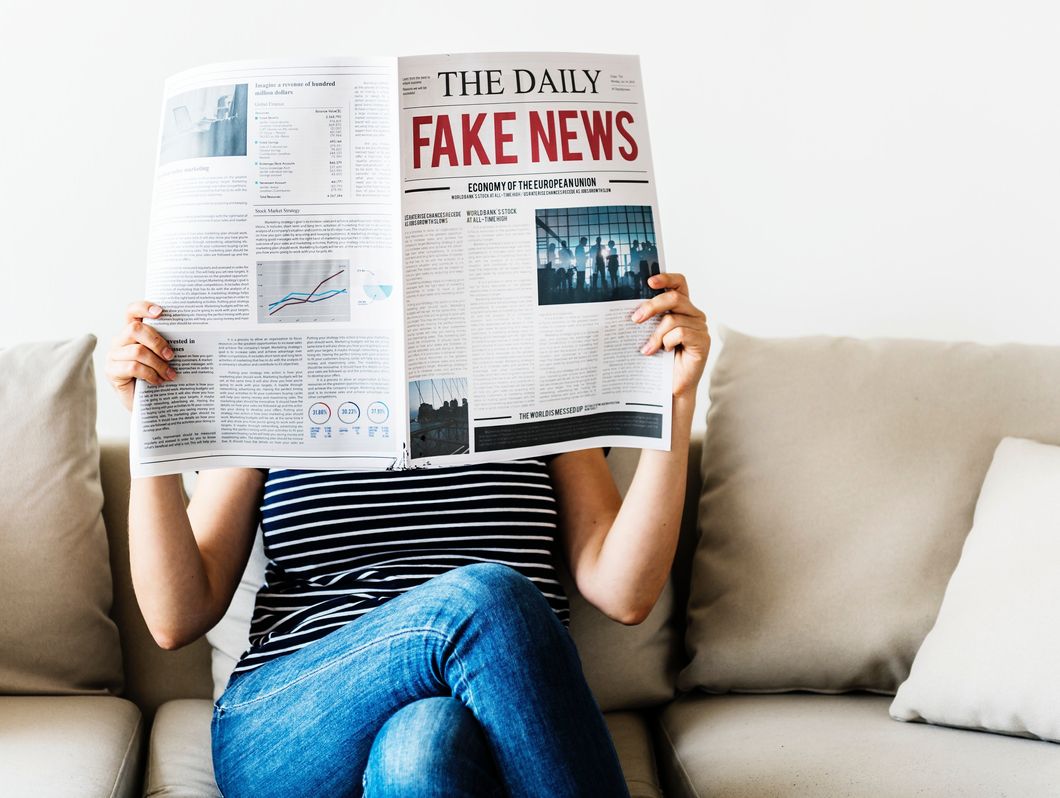The 2018 election is coming up in just a few months, and you know what that means: fake news is back in full swing, returning once again to muddy the waters of the American political system. I started noticing a sudden increase in false headlines and sketchy spam emails the day after the Minnesota primary, and I'm certain they will not be letting up any time soon. During the 2016 election, fake news was rampant; afterwards, it became clear how serious a threat misinformation would be to the future of American politics and American society, in general. Therefore, I think people should be better prepared for spotting and avoiding it this time around. Here are eight tips to help you learn to avoid fake news.
1. Learn to recognize fake news sources.
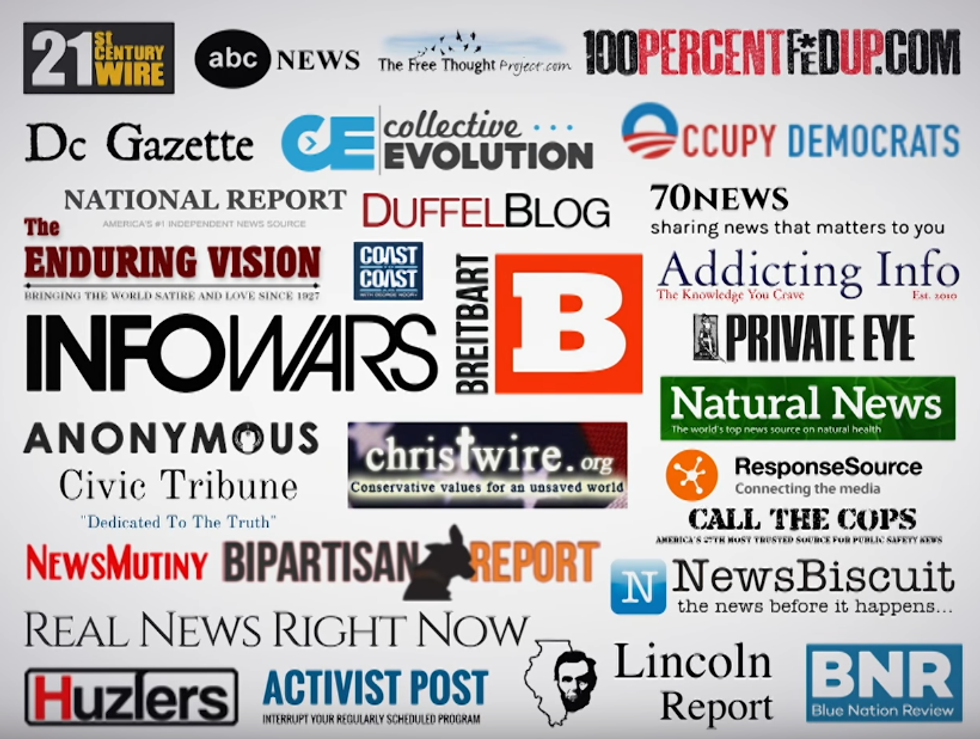
Some common ones seen during the 2016 election were Abcnews.com.co, worldnewsreport.com, empirenews.net, Thebostontribune.com, bizstandardnews.com, Fox-news24.com and of course, theonion.com, just to name a few. There are thousands more, and there will be all new ones for this election. Some are openly satirical news sources, some are news sources that intend to be satirical but give no indication to it on their websites and some are intended to mislead. Does the link end with .co instead of .com? Is it a familiar name but accompanied by random numbers? These are red flags you need to be on the look out for.
2. Use established news sources that you can confirm to be reliable.
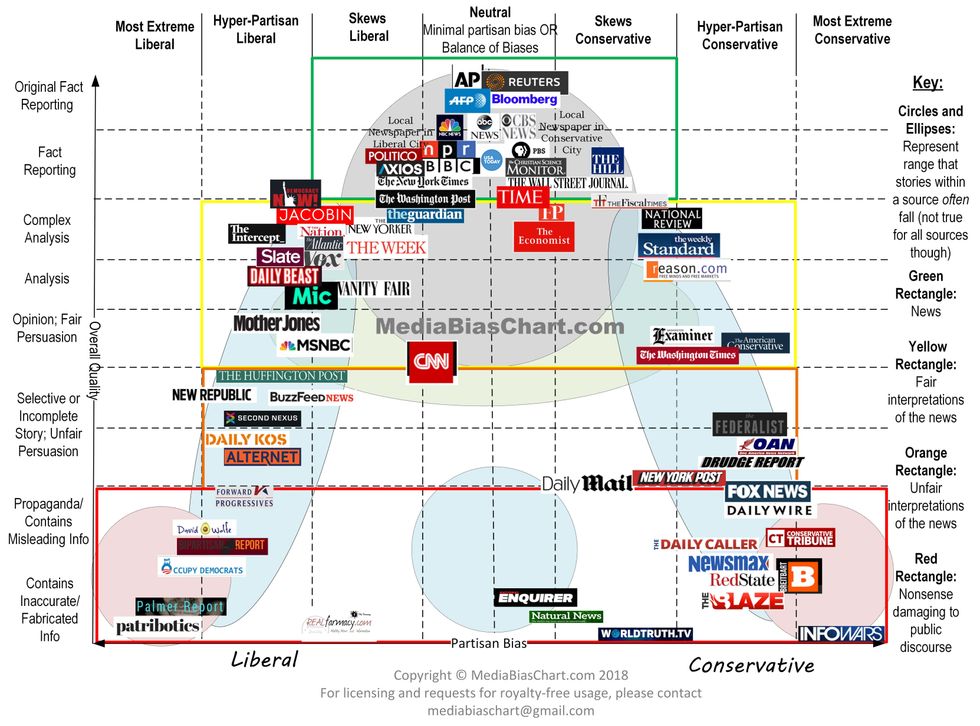
While the larger news networks may have their issues (I will never be one to say that American mass media is completely faultless), they are also the news sources with some of the best and most skilled journalists in the world. They got large for a reason. That doesn't mean any of them are completely without bias, though. And some news sources are more credible than others. I've included a chart above to help you evaluate your go-to news source, and possibly consider new ones. It would be remiss of me to fail to acknowledge that many people in the modern age get their news from niche and/or local news sources, as well as major news networks. That's okay, just be sure to evaluate them critically; all news sources have their own biases. And remember, opinion news is not the same as factual news; this means shows like Fox & Friends and Anderson Cooper 360.
3. Don’t ever click on spam links.
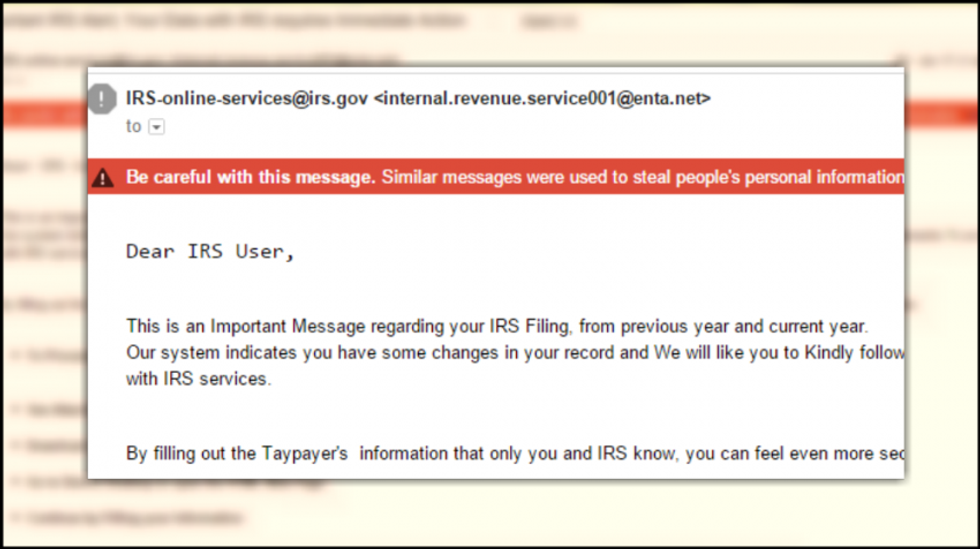
The next two points are more about stopping the spread of fake news more than refraining from consuming it. Spam links show up at any time of any year, but there is going to be a notable increase in the coming months. It has been predicted that in the two years since the last election, methods used by Russia and others trying to influence American elections will have become more sophisticated. Last time around, lots of fake news was spread by bots on Twitter posing as people that didn't exist. This time, your own personal information may be used to create a fake account using your identity to spread more believable misinformation. And how will Russia or some malicious hacker get this information? If you click a spam link in an email, text or message on social media, they receive all the info they need to pose as you. Don't let them.
4. Pay attention to the format on links your friends send you.
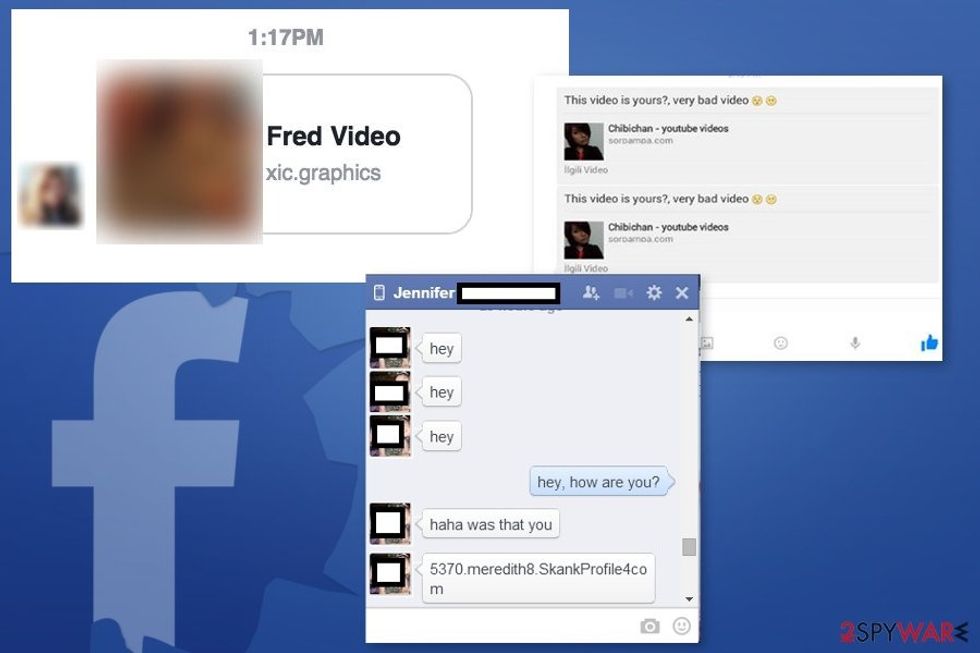
And to that effect, if you receive an email, text, message or notification from someone you know that seems a bit off, chances are, it's a fake. When someone you know sends you a link, pay attention to the URL or the format of what they send you; if it seems sort of familiar but slightly wrong, you've probably been sent malware by a fake account posing as someone you know. Some of you may already be familiar with a notable instance from last year, when lots of people on Facebook received a link through Messenger that sort of looked like a Youtube video, but was actually malware. Once you click one of these links, not only were you more at risk of being shown fake news, but your information can now be used against your friends and contacts. Learn to recognize suspicious links.
5. Don’t automatically trust polls.
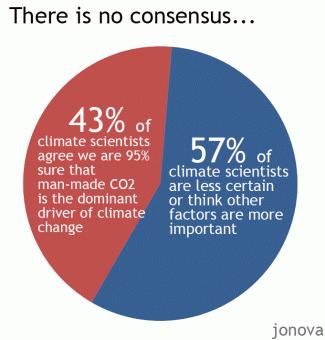
It's really easy to show numbers and statistics on a screen and look sciency. It's hard to interpret complex scientific studies in an easily understable and relevant way. Almost all news network misuse polls at some point, some more than others. Sometimes, they give numbers from a study that was conducted by an organization with very little credibility. Sometimes, they draw conclusions that the original study was not meant to show. Sometimes, data is skewed to better represent the viewpoints of those conducting the study (or paying those who conduct the study). If you're going to inform your viewpoints with scientific polls, you need to understand where they come from and what they mean--that's kinda what science is all about.
6. Check the date of the news.
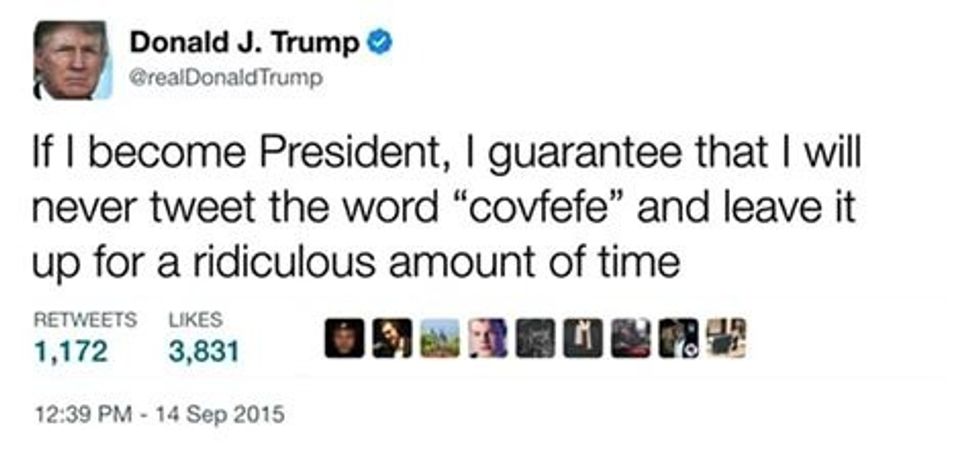
If you see someone citing news from 2008 to prove a point about the 2018 election, you should be a bit skeptical.
7. Double-check your news.
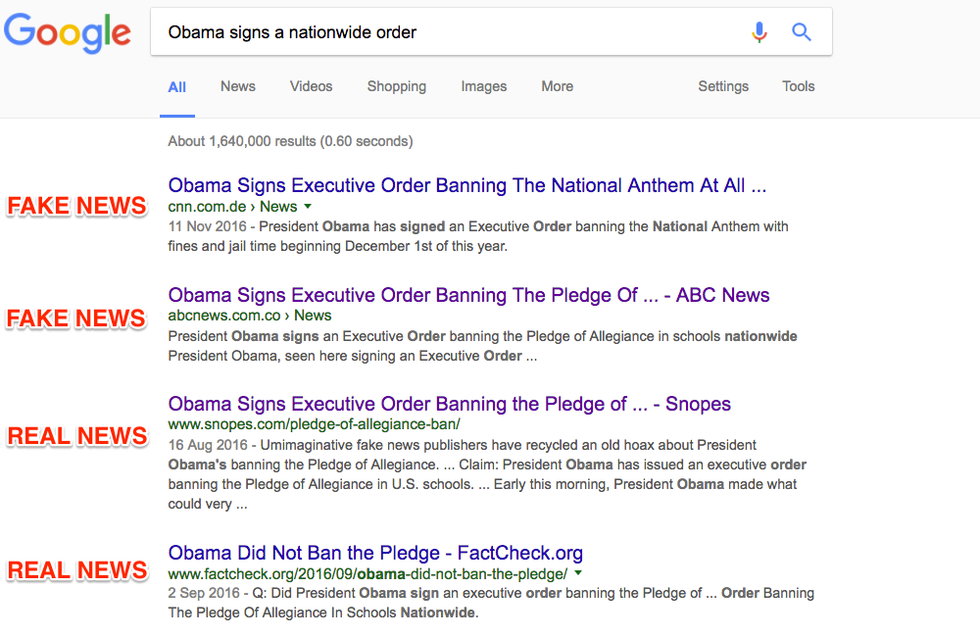
We live in a magical age where everything that makes the news can easily be Googled. If it's a big national-level story, multiple people will have reported on it if it's true, and you'll be able to get a clearer picture of the facts from multiple sources anyway. If it's more of a local story, you should at least be able to figure out by googling whether the news source you got your info from is real.
8. Don’t share stories or news without knowing its source.
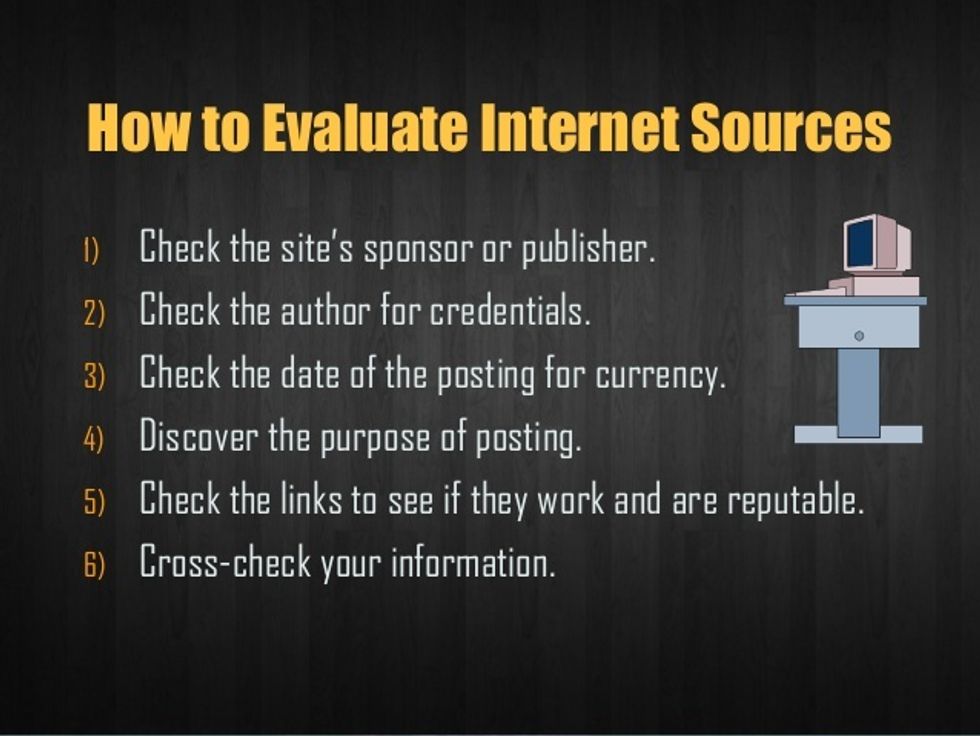
I don't care how much you like the headline. This was one of the biggest problems with the last election: people sharing headlines that confirmed their views without actually reading the story through or evaluating its sources. In the age of misinformation, we all have to do better than that. Remember, in the end, it's not Some Americans vs. Other Americans, it's All Americans vs. Lies.

